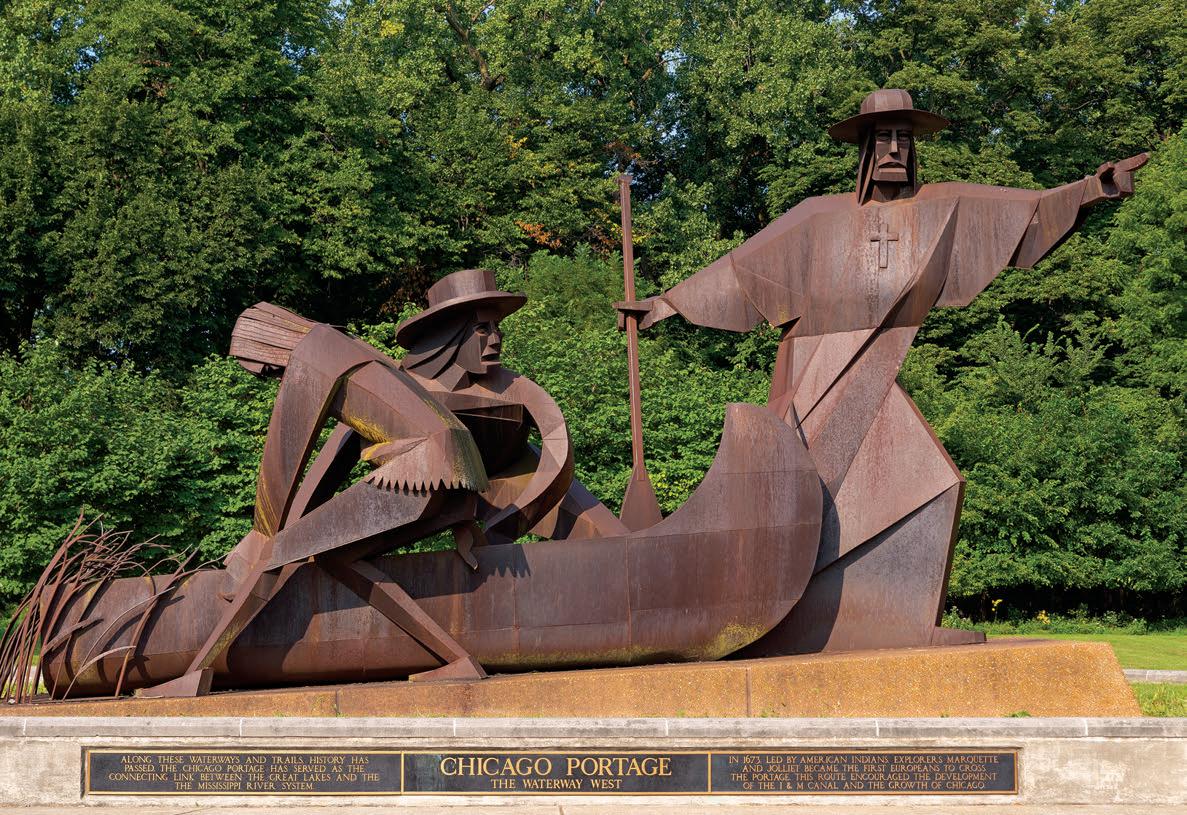
He helped found several missions in the Great Lakes region. He learned to speak many of the local tongues, including those of the Huron, Ottawa, and Illinois. Members of the Illinois told him about a "Great River." He wondered if it flowed all the way to the Pacific Ocean. He asked permission from his superiors to explore for the river.
Meanwhile, Louis Jolliet (also spelled "Joliet") was born in Quebec in 1645. Educated at a Jesuit school there, he decided not to become a priest and instead went into the fur trade business. In 1672, the newly appointed French governor, Louis de Buade, Comte de Frontenac, commissioned Jolliet to join Marquette's expedition. The two men made a good pair. Marquette kept a diary and drew maps of the country through which the group passed. Jolliet's fur trade experience made him familiar with Indigenous peoples' cultures and languages.
The First Attempt
Along with five men from FrenchIndigenous families, Marquette and Jolliet set out in canoes on May 18, 1673. They headed for the northern shore of Lake Michigan and then to present-day Green Bay, Wisconsin.
They made their way up the Fox River almost to its source. They portaged for two miles through marshes and oak forests to the Wisconsin River. That river eventually led them to the Mississippi River near what is now Prairie du Chien, Wisconsin. After traveling for just one month, they found the big river they sought on June 17.
Marquette and Jolliet quickly realized that the Mississippi River did not lead to the west and the Pacific Ocean. They decided to continue down it anyway. They reached the mouth of the Arkansas River, just a little more than 400 miles from the Gulf of Mexico. They became the first Europeans to explore and map much of the Mississippi River and its shores.
A Successful Trip
This story is from the April 2023 edition of Cobblestone American History Magazine for Kids.
Start your 7-day Magzter GOLD free trial to access thousands of curated premium stories, and 8,500+ magazines and newspapers.
Already a subscriber ? Sign In
This story is from the April 2023 edition of Cobblestone American History Magazine for Kids.
Start your 7-day Magzter GOLD free trial to access thousands of curated premium stories, and 8,500+ magazines and newspapers.
Already a subscriber? Sign In
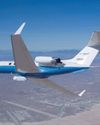
Eye in the Sky
An interview with Joe Piotrowski
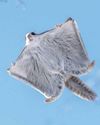
Airborne Animals
Humans have taken to the skies in balloons, gliders, and airplanes-but we're not alone among the clouds. Animals of all sorts have evolved to harness wind power.
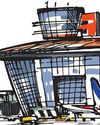
TAKING OFF
The Wright brothers expected airplanes to “take off,” but even they might be amazed at the way the airline industry has become big business. In the past, it was expensive to send something by plane.

GROWTH OF AN INDUSTRY
After their historic flight at Kitty Hawk in 1903, Wilbur and Orville Wright returned to Dayton, Ohio. They spent the next few years making adjustments and building additional versions of their powered aircraft in their bicycle shop.
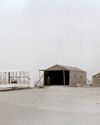
WHY KITTY HAWK?
The Wright brothers searched carefully for the best place to test their gliders and flying machines. Their main concern was for good, steady winds. But they also hoped to find a remote location to allow them to perform tests away from the public eye.
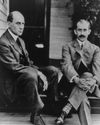
Two Brothers From Ohio
Most people do not realize that the Wright brothers—Wilbur, born in 1867, and Orville, born in 1871—performed various scientific experiments before inventing their aircraft. For as long as anyone in their hometown of Dayton, Ohio, could remember, the Wright boys had worked on mechanical projects.
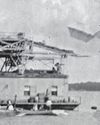
A Helping Hand
May 6, 1896. A group of people who had gathered beside the Potomac River, just south of the U.S. capital, grew quiet. Then, it erupted in cheers as a small, unmanned aircraft took to the skies and flew for more than half a mile. The flight came seven years before the Wright brothers’ first manned, powered flight. The inventor of the aircraft was Dr. Samuel Pierpont Langley.
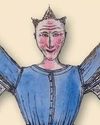
THE IDEA MEN
People dreamed of flying thousands of years before the Wright brothers found success near Kitty Hawk, North Carolina. These dreamers, such as Leonardo da Vinci, studied birds flying and imagined how humans might do the same—if only they had wings. Other men developed a more hands-on approach to the topic. Early inventors made wings of cloth, glue, and feathers and tied these creations to their arms in an attempt to imitate nature.
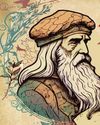
Da Vinci's 4 Designs
Have you ever wondered how a bird flies? Leonardo da Vinci (1452–1519) did. He thought that understanding how a bird flies would provide the key to human flight. So, what did da Vinci learn from birds?
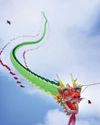
Silken Wings
Seven hundred years before the Wright brothers began experimenting with human flight, the Chinese had already mastered its secrets—with kites.